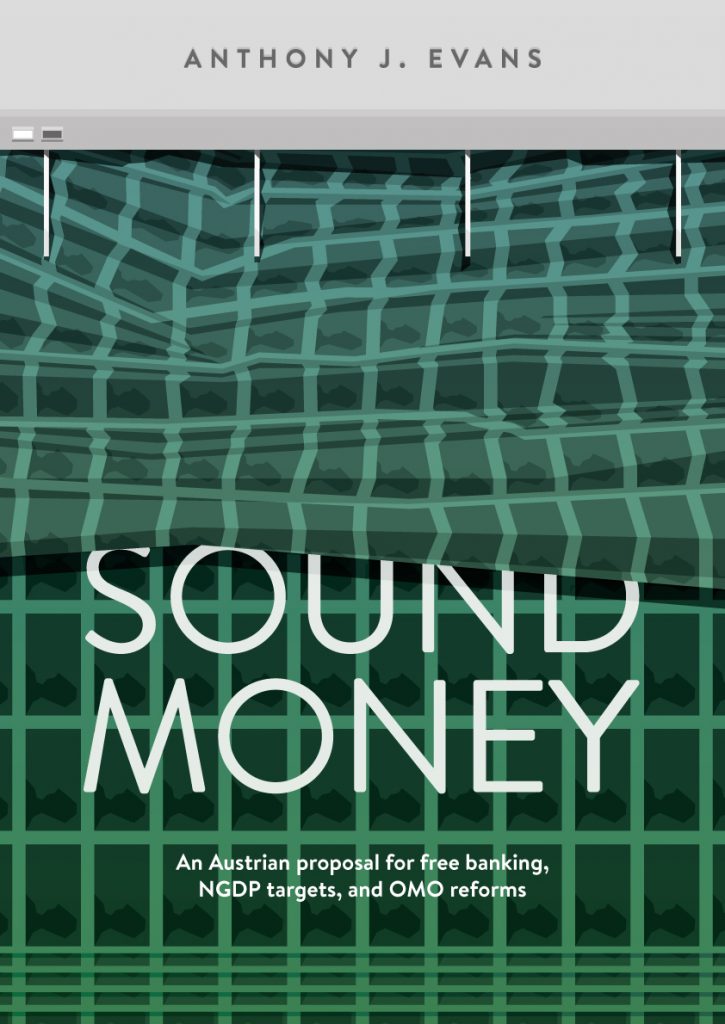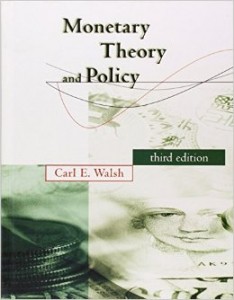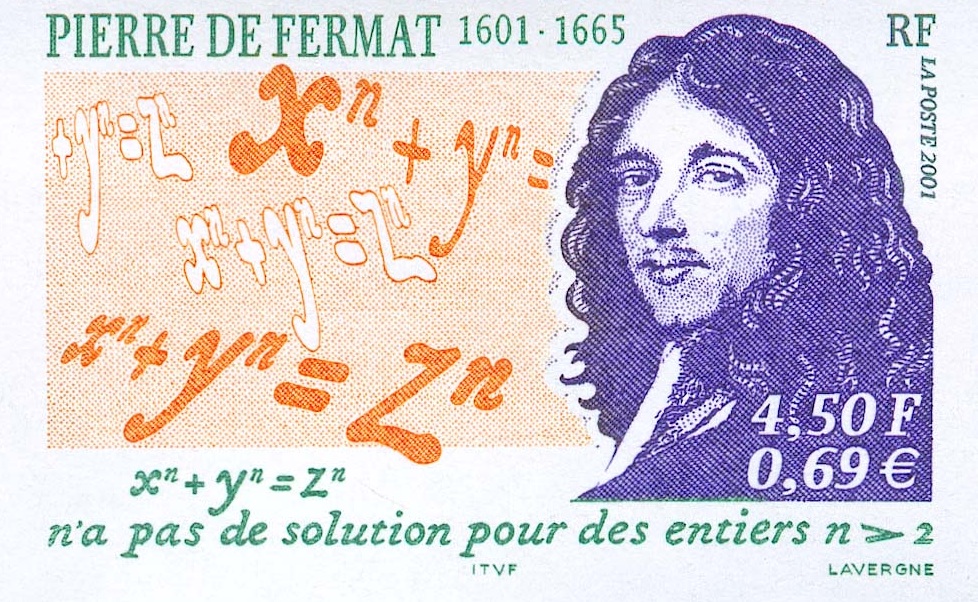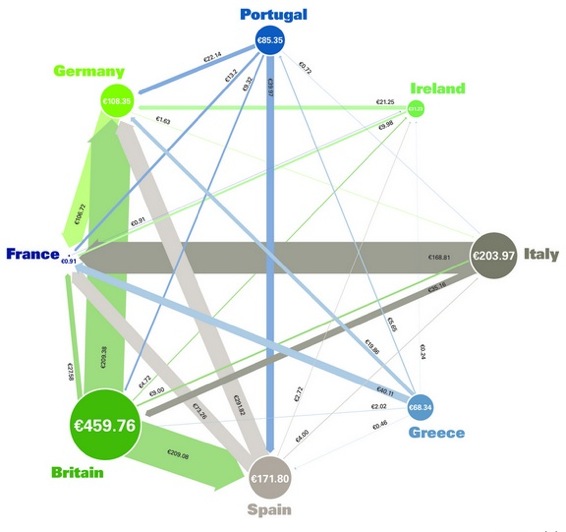Macro Seminar
Macroeconomics can be a daunting subject matter but it is too important to be left to specialists. All senior managers need to be able to understand and interpret the macroeconomy, and reflect on the factors that cause it to change. This page gathers material that relate to some lectures that equip participants with a foundation in the models and frameworks needed to make sense of our context and policy responses, and develop an awareness of several key risks. They will help you to become familiar with with global growth forecasts and identify the key challenges facing policymakers.
And the best part of these resources? Most of the lectures are delivered live!
What you should be reading:
Newspapers: The Economist • Financial Times • The Guardian (international edition)
Business press: Harvard Business Review • McKinsey Quarterly • Knowledge@Wharton
Macro trends
Lecture handout: Macro Trends. Here is the quiz.
You can find the latest global growth forecasts from the institutions mentioned in the lecture here:
Macro issues
Lecture handout: Macro Issues. Here is the quiz.
Macro risk
Lecture handout: Macro Risk.
I have a follow up live session which includes this activity.
What I’ve been reading:
- “Grading the economic schools of thought”, by Noah Smith, July 13th 2023
- “Fiscal dominance: How worried should we be?” by Eric Leeper, Mercatus Policy Brief, April 3rd 2023
- “The future of work” The Economist, May 13th 2023
- “Agustín Carstens speaks about inflation, global growth and a rethink of fiscal and monetary policy“, interviewed by Mr Mark Schrörs, 5 May 2023
- “How to worry wisely about AI” The Economist, April 23rd 2023
- “The demise of silicon valley bank“, Marc Rubinstein, March 10th 2023
- “Late to disinflate”, The Economist, April 2nd 2022
- “The end of free-lunch economics” Rajan Raghuram, Project Syndicate, January 31st 2022
- “How to implement strategic foresight (and why)” by Behar, A. and Hlatshwayo, S.,, IMF Guidance notes, December 2021
- “Experts are Making Their Bets on Inflation. Here’s Mine” Bruce Yandle, November 23rd 2021
- Donald, F., “Macro disruptors: 7 themes that could reshape the global economy” Harvard Business Review, May 2021
- “QE forever: on the slippery slope towards fiscal dominance?” William de Vijlder, September 25th 2020
- “The pandemic has sent public debt rocketing across the world”, The Economist, May 5th 2020
- “How do we move the needle on progress?” Eli Dourado, September 2019
✍️ What I’ve been writing:
- “Have the Bank of England lost control?” Kaleidic Economics, June 2023
- “A quick and clear growth recipe” Kaleidic Economics, October 2022
- “Does the UK look on the verge of a currency crisis?” Kaleidic Economics, October 2022
- “Verdict on the mini budget” Kaleidic Economics, September 2022
- “The higher inflation survival guide” Kaleidic Economics, December 2021
- To keep up to date with my thoughts on economic issues either follow me on Twitter or see Kaleidic Economics.
Suggested podcasts:
- Planet Money by NPR – short introductions to key topics
- Macro Musings, by David Beckworth at the Mercatus Center – interviews with relevant academic and policy experts
Where to look for good charts:
ℹ️ Background resources:
- The best way to keep on top of macroeconomic trends are to subscribe to the Financial Times or The Economist.
- “An Inflation Primer” Patrick Horan, Mercatus Center Policy Brief, July 2022 – a good background primer on inflation
- Evans, A.J., 2020, “Economics: A Complete Guide for Business” London Publishing Partnership – my managerial economics textbook is intended to provide a thorough but readable overview of the most important elements of macroeconomics












